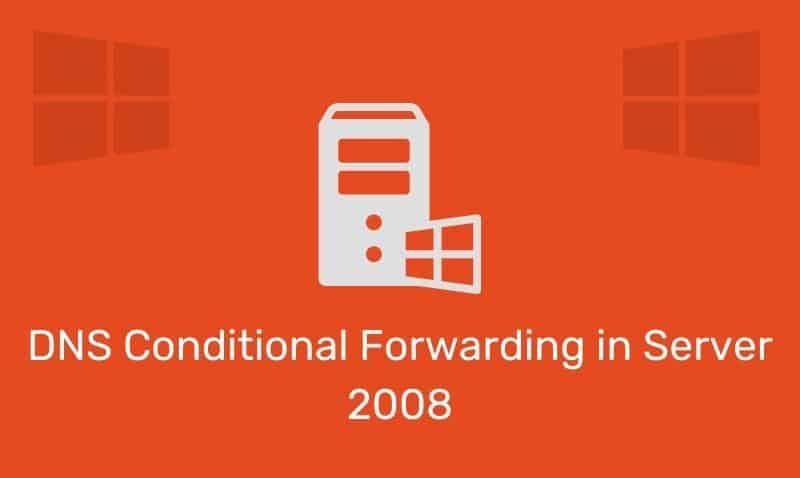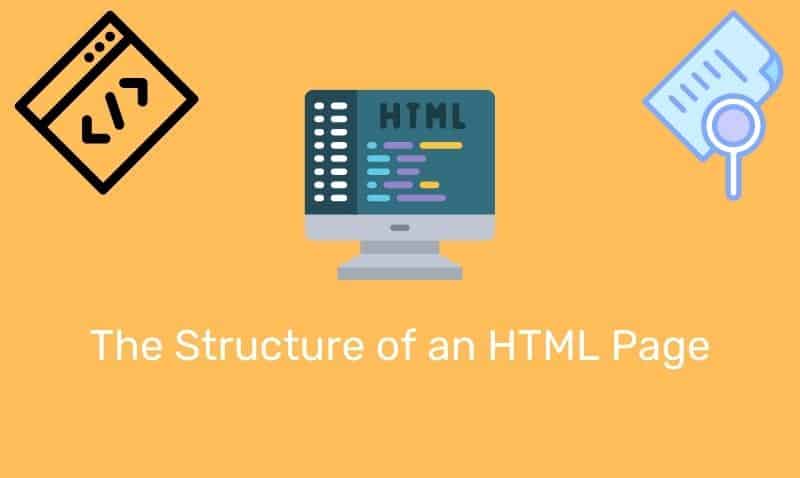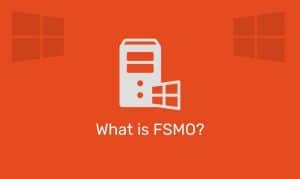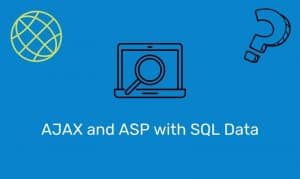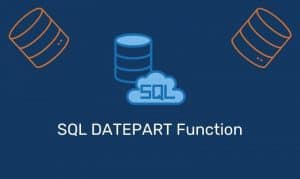Next version of ASP?
Many people new to ASP.NET believe that ASP.NET is simply the next version of Active Server Pages (ASP). ASP.NET is actually more than the next version, or upgrade. It is more of a framework and web development model. It also provides a new model for developing scalable applications for the enterprise. It is not necessary to first learn Classic ASP prior to ASP.NET, but if you do have ASP development skills, the new ASP.NET programming model will seem familiar.
Unlike ASP, ASP.NET is more structured and object-oriented. ASP.NET is not fully backward compatible with Classic ASP. Your current existing ASP pages would have to be somewhat modified to some extent in order to run under ASP.NET. In addition, since ASP is generally written in VBScript, the code does not port directly to VB.NET. For simple pages with just basic VBScript, the changes to move over to ASP.NET will involve only a few lines of code.
A major difference between ASP and ASP.NET is that ASP.NET is compiled which allows you to develop in any compatible ASP.NET language such as VB.NET, C#, and JScript .NET, just to name a few. When the code is compiled from any of these languages, the compiled code is the same regardless of the server-side language used. Therefore, this allows developers to develop in the languages that they know how to program in as long as the language is supported by ASP.NET
The Framework
ASP.NET is not a language as many believe. It is a framework made up of various components such as the programming languages, Common Language Runtime (CLR), class libraries, and development studio (Visual Studio). As previously mentioned, the .NET languages include VB, C#, JScript.NET, F#, and C++, as well as third-party languages that developers have created.
However, the most popular languages to use in ASP.NET development is VB.NET and C# (pronounced C Sharp). You will find that many developers are writing code these days in C#. C# resembles Java, JavaScript, and C++ in syntax, so programmers who have coded in one of these languages generally pick up C# and begin to develop very quickly. While VB and C# are similar, their syntax is different, but as mentioned earlier, both compile to the same runtime code.
CLR
All of the .NET programming languages are compiled into another lower-level language before the code is executed which is known as the Common Intermediate Language (CIL), or Intermediate Language (IL) for short. The Common Language Runtime (CLR) is the engine of .NET and it uses the IL code.
Since the .NET languages are compiled to IL, they provide essentially the same features and performance. The CLR runs only IL code so it does not matter which .NET language was originally used. As a matter of fact, you can have your ASP.NET application include some pages with VB code while others include C#.
Finally, the ASP.NET service that runs inside the CLR environment will execute your ASP.NET code and generates the HTML markup that is sent back to the client requesting the page. At no time would is there any ASP.NET code returned back to the client. If it did, the browser wouldn’t be able to interpret the code.
IDE
You can develop ASP.NET pages in just any type of text editor, even Notepad. However, using the Microsoft Visual Studio .NET IDE allows you to develop much easier. It also provides all the benefits that a simple editor is lacking such as a GUI that can be used to drop server controls onto a web page and fully integrated debugging support.
If you are just starting out with ASP.NET, you can download Visual Studio from Microsoft’s website at no cost. It even includes Microsoft SQL and IIS so you can run an entire ASP.NET web application from your development machine. You can visit Microsoft’s website to download your copy of Visual Studio: visualstudio.microsoft.com


